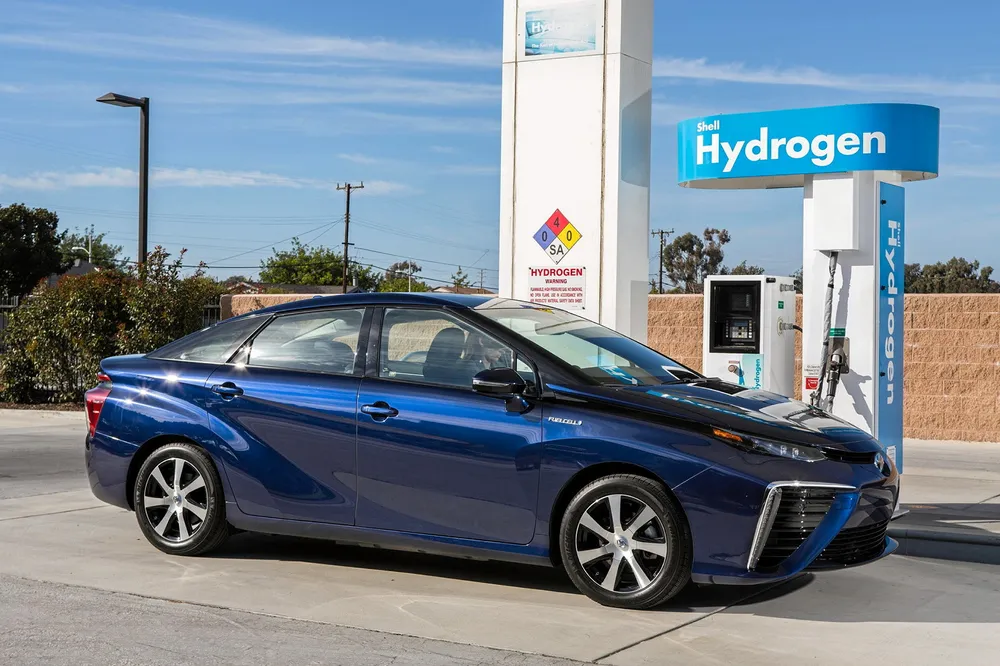Californian legislators mull $300m hydrogen refuelling subsidy — despite admitting that it is a ‘waste of money’
Lobbyists and lawmakers tussle over whether to expand or water down state’s H2 handouts, in the face of stranded assets warnings from regulator
